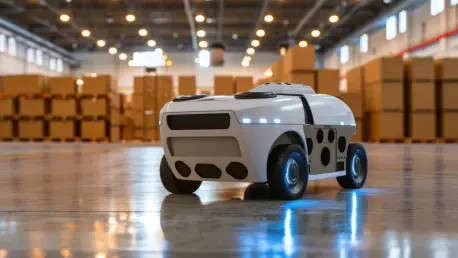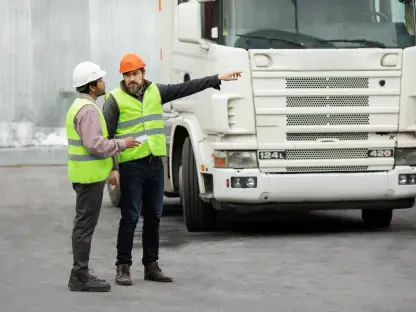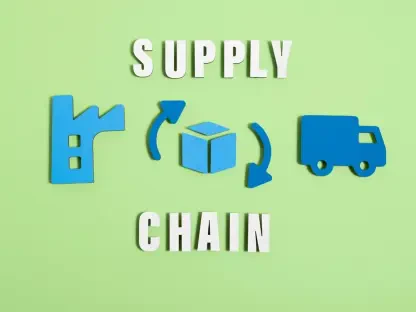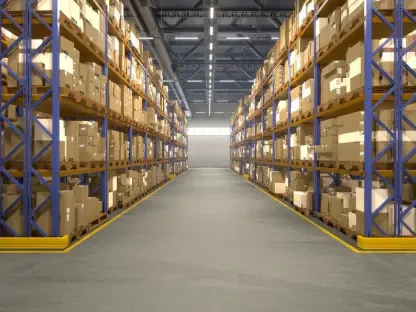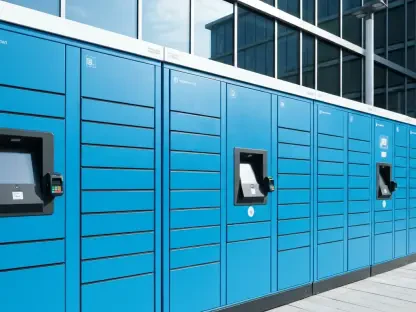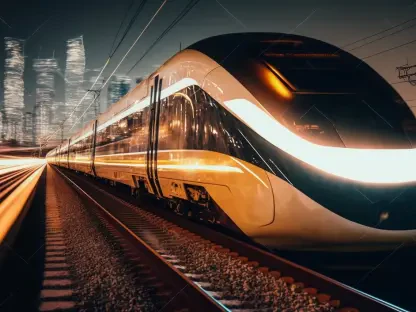I’m thrilled to sit down with Rohit Laila, a veteran in the logistics industry with decades of experience in supply chain and delivery. Rohit’s passion for technology and innovation has positioned him as a thought leader in warehouse automation, making him the perfect person to dive into the exciting developments in this space. Today, we’ll explore groundbreaking automation projects, the integration of cutting-edge software with existing systems, and how these advancements are solving real-world challenges in logistics. We’ll also touch on the importance of scalability, energy efficiency, and the future of modular solutions in warehousing.
How did you first become involved in warehouse automation, and what excites you most about the innovations happening in this field today?
I’ve been in logistics for over 30 years, starting with traditional supply chain operations before technology began transforming the industry. My first deep dive into automation came when I worked on optimizing delivery routes with early software tools, and I saw firsthand how tech could revolutionize efficiency. What excites me now is the pace of innovation—solutions like automated storage and retrieval systems and intelligent software are not just improving operations but redefining what’s possible in terms of speed, scalability, and sustainability.
Can you walk us through a recent standout project in warehouse automation that showcases the power of new technologies?
Absolutely. A great example is a project in Belgium at a logistics facility in Rumst, where a family-owned company rolled out an automated storage and retrieval system paired with advanced warehouse execution software. In the first phase, they deployed shuttle-based systems and software to orchestrate pallet movements. This setup is a game-changer for their 150,000-square-foot facility, integrating seamlessly with their existing operations and paving the way for handling massive volumes without downtime.
What are some of the key technologies behind these automation solutions, and why do they matter?
The core technologies in such projects often include shuttle systems for pallet storage and retrieval, high-speed elevators for vertical movement, and sophisticated software to manage it all in real time. What makes these significant is their ability to work together as a cohesive unit. The software, for instance, acts as the brain, ensuring dynamic routing and buffer management, while the hardware maximizes storage density. This combination allows warehouses to handle thousands of pallet movements daily—crucial for industries like fast-moving consumer goods.
How do these systems integrate with a company’s existing infrastructure, and what hurdles come up during that process?
Integration is often the trickiest part. These modern systems need to connect with enterprise resource planning software, like SAP, to ensure smooth data flow. The challenge lies in syncing real-time control with legacy systems without disrupting operations. It requires meticulous planning and testing to avoid downtime. When done right, though, the result is a responsive setup that eliminates manual oversight and boosts decision-making with live data.
What specific operational challenges do automation projects like this address for logistics providers?
Logistics providers often grapple with space constraints, growing product ranges, and tight service level agreements. Automation tackles these head-on by increasing storage density—think over 30,000 pallet positions in a single facility—and reducing internal transport needs. This not only saves space but also cuts energy usage significantly, which is a big win for both cost and sustainability goals. It’s about doing more with less while meeting customer demands 24/7.
How do these solutions balance the need for scalability with the unique demands of a specific facility?
Scalability is built into the design of modern automation. These systems are modular, meaning they can expand as the company’s needs grow—whether that’s adding more shuttles or increasing storage levels. They’re also tailored to handle a growing variety of products and strict delivery timelines by optimizing workflows. For instance, reusing existing infrastructure during installation cuts costs and minimizes disruption, ensuring the solution fits the site’s unique constraints while leaving room for future growth.
What role does energy efficiency play in the design of these automated systems, and why is it so critical today?
Energy efficiency is a top priority. Warehouses are energy-intensive, and reducing consumption isn’t just about cutting costs—it’s about meeting sustainability targets. Automated systems are designed to minimize unnecessary movements, like reducing internal transport with smart routing. This lowers the carbon footprint significantly. In today’s world, where environmental responsibility is a key metric for businesses, these efficiencies are non-negotiable.
What’s your forecast for the future of warehouse automation, especially regarding modular and accessible solutions?
I see warehouse automation becoming even more modular and user-friendly over the next decade. The focus will be on plug-and-play systems that smaller companies can adopt without massive upfront costs. We’ll also see AI and machine learning play bigger roles in predictive analytics, optimizing everything from inventory placement to energy use. The future is about making automation accessible to all sizes of logistics providers, not just the big players, while continuing to push the boundaries of speed and sustainability.
